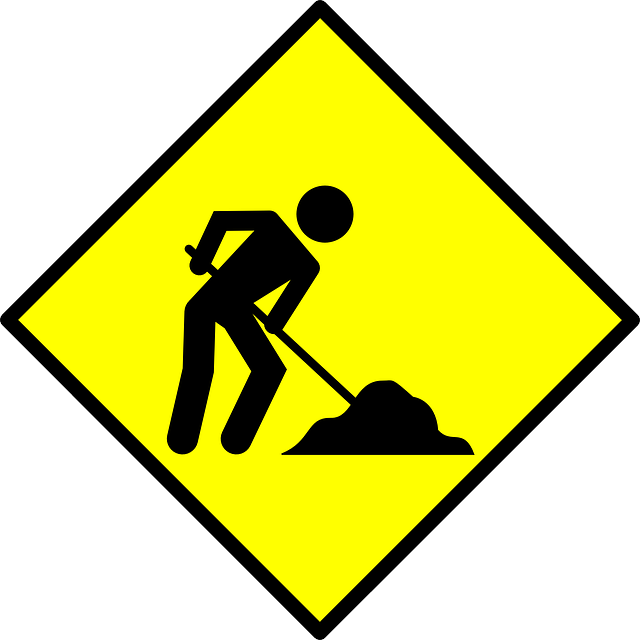6 Facts About Occupational Injuries You Need to Know
Injuries can occur in the workplace. Known as occupational injuries, they can force workers to take time off while they recover. If you own or manage a business, there are several facts about occupational injuries that you need to know.
#1) Over 2.6 Million Nonfatal Injuries in 2021
To say there are a lot of occupational injuries would be an understatement. According to the U.S. Bureau of Labor Statistics (BLS), there were over 2.6 million nonfatal occupational injuries reported in 2021
#2) Slips, Trips and Falls Are One of the Most Common Types
There are many different types of occupational injuries, one of the most common being slips, trips and falls. Slips, trips and falls are exactly what they sound like. A worker may slip on a wet floor or trip over an exposed cord or loose rug. Alternatively, some workers may lose their balance and fall. Slips, trips and falls collectively rank as one of the most common types of occupational injuries.
#3) Average Cost of $1,080
How much can you expect to pay when a worker at your business sustains an occupational injury? According to the National Safety Council (NSC), the average cost of an occupational injury is $1,080. That number, however, only takes into account the cost of lost productivity. The "true" cost of an occupational injury is even higher.
#4) Heat Exposure Causes Occupational Injuries
When working outside during the summer, workers should take precautions to protect themselves from heat-related illness. Heat exposure can cause heat exhaustion and stroke. The BLS stays that 36 workers died from environmental heat exposure in 2021.
#5) Construction Has Highest Rates
Of all the different industries, the construction industry has the highest rates of occupational injuries. Workers in the construction industry are more likely to sustain injuries than workers in all other industries. The industry with the second-highest rates of occupational injuries is transportation, followed by agriculture and fishing.
#6) PPE Protects Against Occupational Injuries
One of the most effective ways to protect workers from occupational injuries is to provide them with personal protective equipment (PPE). PPE consists of equipment and clothing designed to protect workers from potential workplace hazards. When left unchecked, hazards can cause injury or illness. PPE helps to protect workers from these hazards so that they don't succumb to injury or illness. Common forms of PPE include helmets, goggles, gloves, respirators, earplugs and high-visibility clothing.
Recent Posts
-
Fire Safety in the Workplace: What You Need to Know
What steps are you taking to prevent fires in your workplace? According to the U.S. Occupational Saf …Aug 23rd 2023 -
Is It Safe to Go Jogging With a Cold Infection?
If you're suffering from a cold infection, you might be wondering whether it's safe to go jogging. T …Aug 22nd 2023 -
5 Safety Tips to Follow When Using a Powder-Actuated Tool
Powder-actuated tools are commonly used to join materials to steel and concrete. Also known as Hilti …Aug 20th 2023




